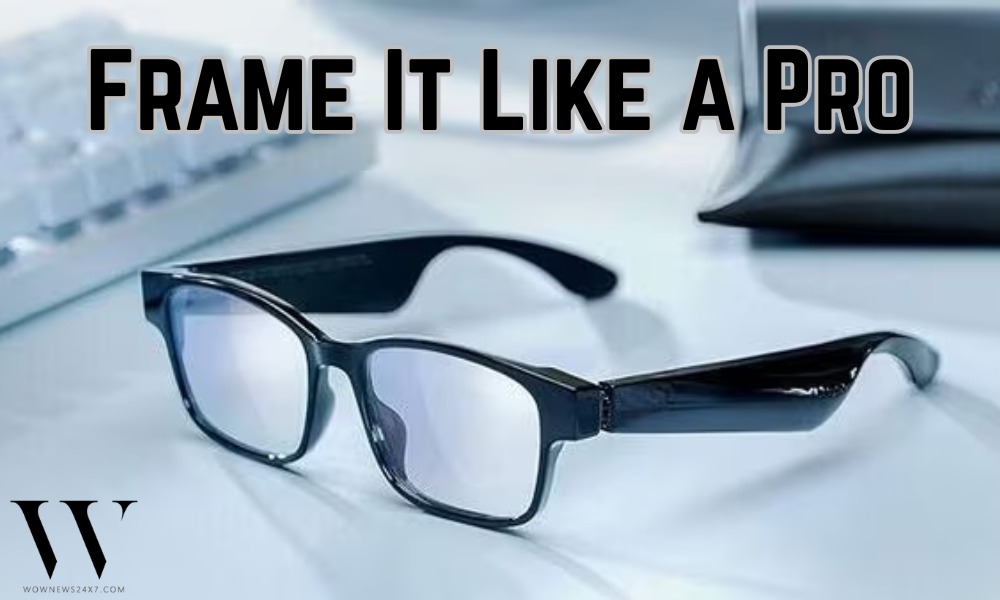Smart glasses have transitioned from niche gadgets to practical wearables with diverse features like audio, cameras, and displays. Before buying, assess your needs, comfort, battery life, camera quality, display clarity, privacy concerns, and price. Choosing the right type ensures a perfect blend of technology and style for your lifestyle.
Smart glasses represent the next frontier in wearable technology, blending eyewear with augmented reality, audio playback, and hands-free communication. As the market expands in 2025, potential buyers must carefully consider several critical factors to find the ideal pair that suits both their needs and budget.
Types of Smart Glasses
Understanding the category that fits your lifestyle is vital:
-
Audio-only models act as discreet earbuds built into glasses for music, calls, and voice assistants without displays or cameras, offering lightweight comfort and longer battery life.
-
Camera-equipped glasses feature embedded cameras for hands-free photo/video capture and live streaming. These suit content creators but come with privacy and regulatory considerations.
-
Display-based glasses utilize microOLED or projection tech to show notifications, navigation, and other info directly in your field of view, providing advanced interaction but typically with shorter battery life.
Comfort and Design
Comfort is paramount as you’ll wear these for extended periods. Glasses heavier than 50-55 grams may cause discomfort. Design choices, fit, temple thickness, and prescription lens support are crucial. Brands like Ray-Ban Meta offer various lenses and frame colors, including prescription options.
Battery Life
Battery performance is a differentiator among models. Expect 4-6 hours for audio-focused glasses, shorter life for camera models, and the least for display glasses due to higher power requirements. Look for fast-charging features and convenient battery management.
Camera and Display Quality
If cameras are included, evaluate resolution, stabilization, and performance in various lighting. Displays should be bright (measured in nits), offer good color clarity, and suitable field of view for outdoor use. These specs impact usability and visual comfort.
Privacy and Ethical Considerations
Wearing cameras in public can raise privacy issues. Some models signal recording through indicators, but users should adhere to local laws and respect social boundaries to avoid conflicts.
Price and Use-case Fit
Prices range widely from budget-friendly models (~$40) to premium smart glasses with AI capabilities costing several hundred dollars. Defining your primary use—audio, content creation, or augmented reality—helps justify investment.
Sources: Hindustan Times, GizmoChina, All About Vision, Mia Burton, PCMag, InAirSpace, SmartGlassesOn, Wired.
